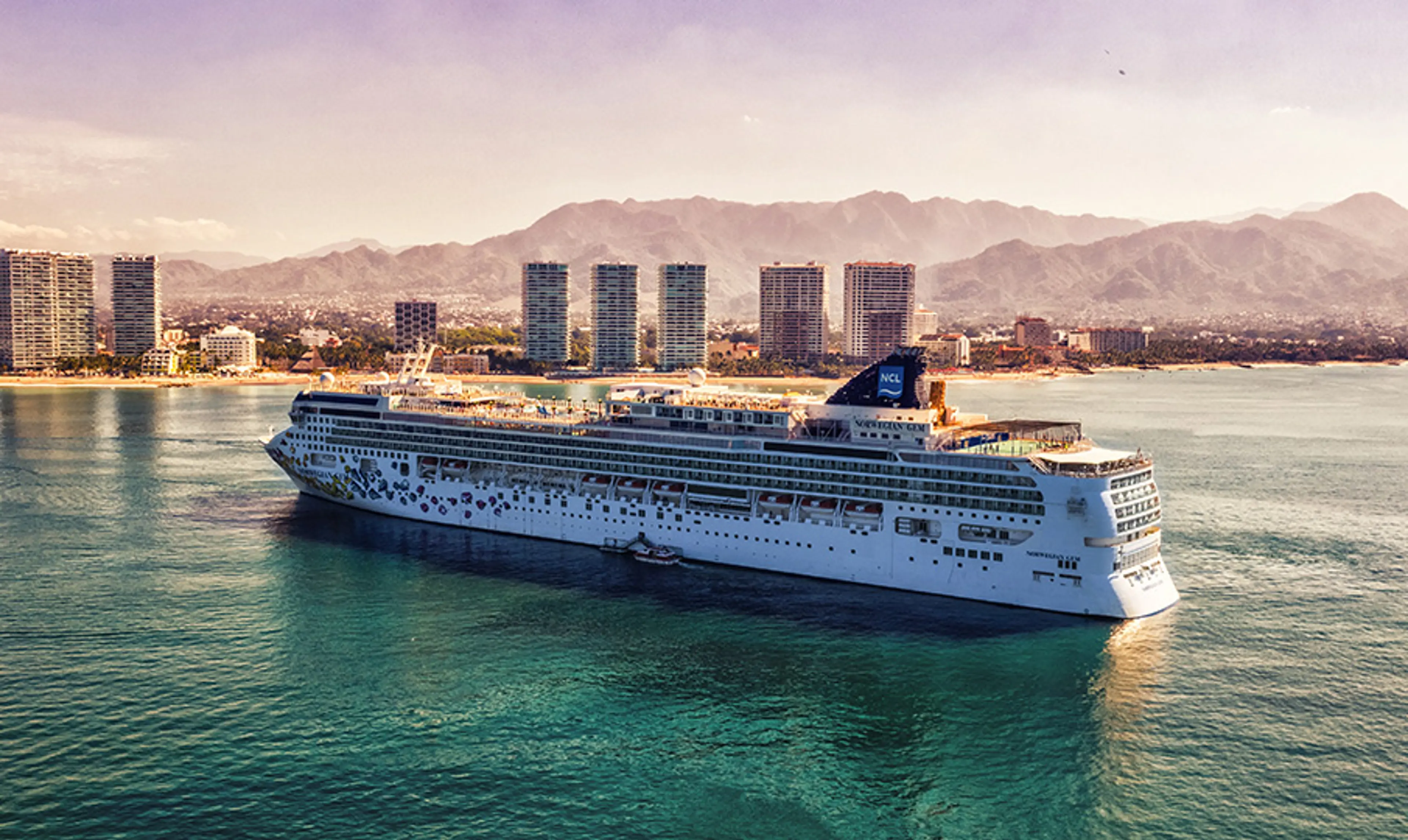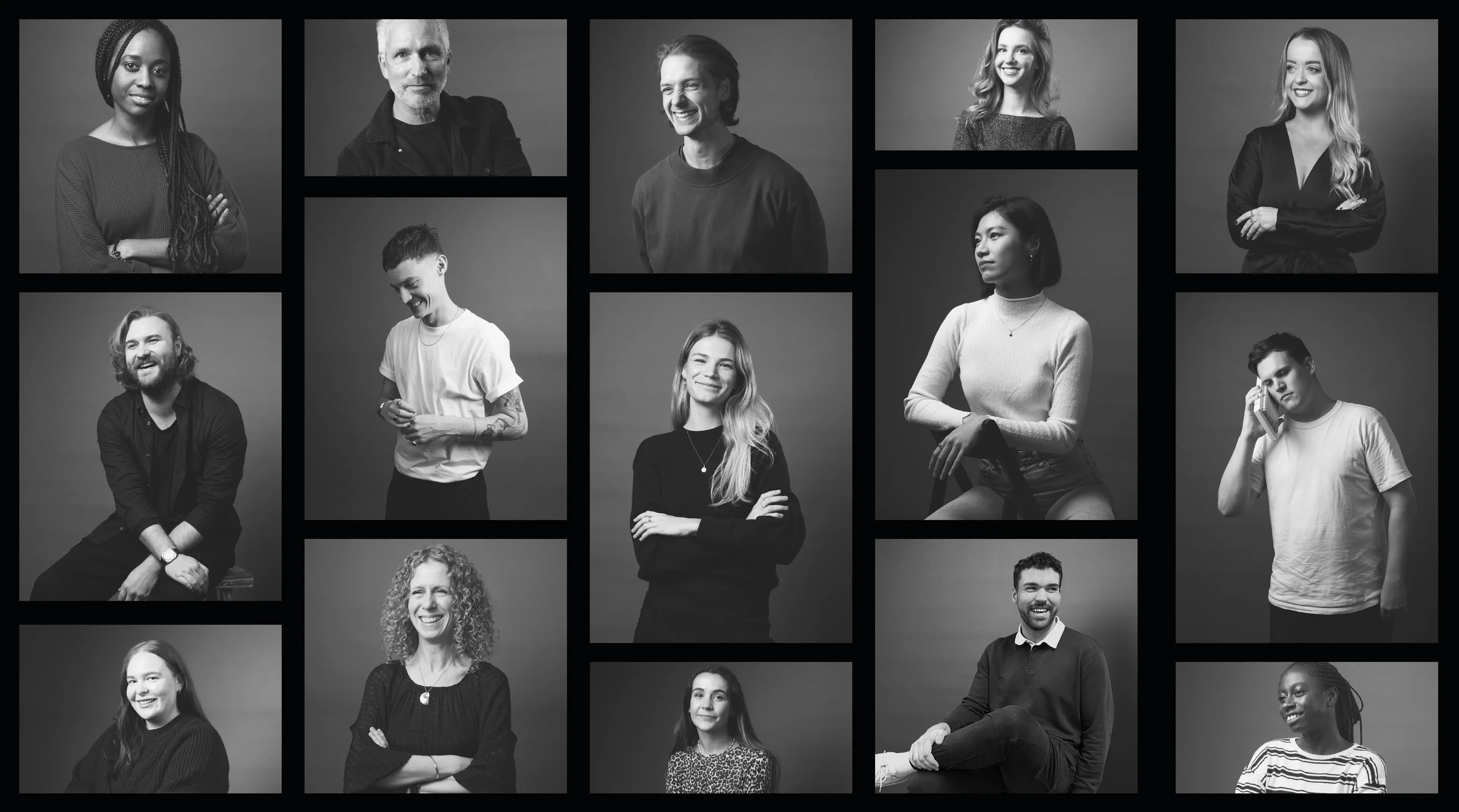
Hospitality & Travel
1 Jul 2019
5 Min Read
The Future of Cruising: How Technology Impacts Experience & Sustainability
Cruise providers need to harness evolving technology if they are to meet the demands of ever-discerning travellers and compete in an increasingly crowded market.
Hospitality & Travel



